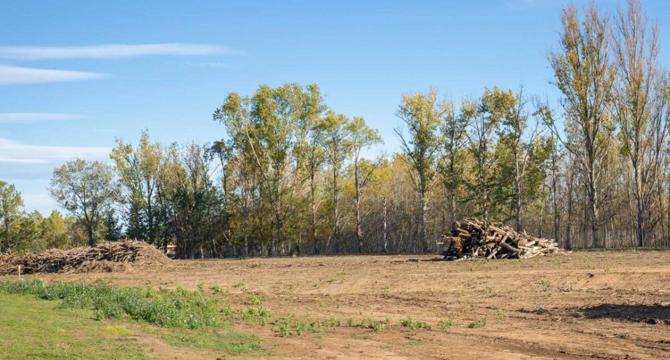TechBullion
22h
33

Image Credit: TechBullion
Understanding the Process, Purpose, and Impact of Land Clearing
- Land clearing is a crucial aspect of land management for agricultural, construction, and environmental purposes.
- It involves the removal of obstacles like trees, shrubs, and stumps to prepare land for various uses.
- Land clearing methods include cutting down vegetation, burning, bulldozing, and chemical treatments.
- Reasons for land clearing include agricultural cultivation, construction foundation preparation, fire hazard reduction, aesthetic improvements, and ecosystem restoration.
- Different methods like manual clearing, mechanical clearing, herbicide use, and controlled burning are employed based on project needs.
- Modern equipment like bulldozers, excavators, and drones aid in efficient and precise land clearing.
- Environmental concerns related to land clearing include habitat destruction, erosion, water cycle disruption, greenhouse gas emissions, and invasive species proliferation.
- Regulations and permits are often required for land clearing to assess and mitigate environmental impacts adequately.
- Sustainable land clearing practices can balance economic benefits with environmental conservation and long-term viability.
- Ultimately, responsible land stewardship and consideration of environmental implications are essential for sustainable land clearing decisions.
Read Full Article
2 Likes
For uninterrupted reading, download the app